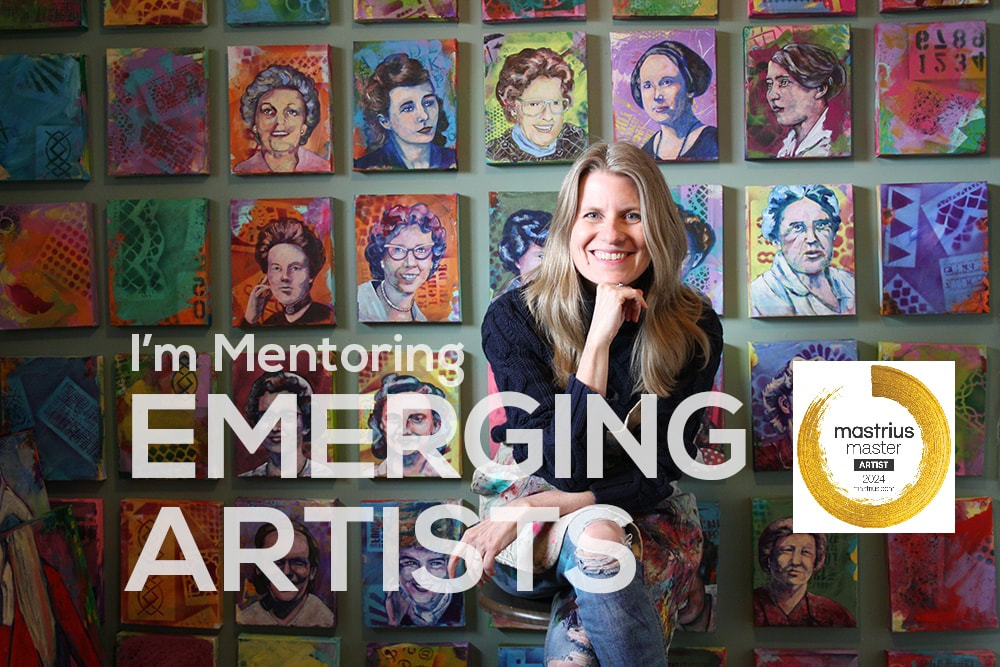When the last tree is cut, the last fish is caught, and the last river is polluted; when to breathe the air is sickening, you will realize, too late, that wealth is not in bank accounts and that you can’t eat money. A member of the Abenaki Nation, Obomsawin, whose last name means “pathfinder,” returned with her family to the Odanak reserve near Sorel, Quebec, when she was six months old. Her father was a guide and a medicine maker, and her mother ran a boarding house. Her time on the reserve was idyllic; she delivered her aunt’s homemade bread and sang with abandon in her aunt’s rocking chair.
She moved with her family from the reserve to Trois-Rivières when she was nine years old. Though the transition was difficult, her father’s death from tuberculosis when she was 12 pushed Obomsawin to rebel against the bullying and the promotion of European cultural superiority in school. Leaving Trois-Rivières at age 22, she spent time learning English in Florida before settling in Montreal in the late 1950s. Following her debut as a singer at a concert at New York City’s Town Hall in 1960, Alanis Obomsawin made appearances on reserves, in schools and prisons, at music festivals and on television. In 1966, she was profiled on the CBC program Telescope for her activism and “near superhuman” efforts to fund — through donations, concerts and lectures — a swimming pool for the Odanak reserve after the local river was deemed too polluted. She has performed throughout North America and Europe, self-accompanied on a hand-drum or rattle. Her repertoire includes traditional Aboriginal songs, as well as stories in English and French. Her 1984 album, Bush Lady, is perhaps the best example of her musical style. Accompanied by the hand-drum, and occasionally flute, oboe, violin and cello, Obomsawin sings and tells stories in several languages. In “Mother of Many Children,” a track of intermixed chanting and French spoken word, she begins in English: “From earth, from water, our people grew to love each other in this manner. For in all our languages, there is no he, or she. We are the children of the earth, and of the sea.” Though primarily known for her filmmaking, Obomsawin has not abandoned her performance roots. She has appeared at the Guelph Spring Festival, the National Arts Centre in Ottawa, the Place des Arts in Montreal, the Mariposa Folk Festival (where she was coordinator of Aboriginal peoples' programming from 1970 to 1976) and at WOMAD (Harbourfront, 1990). She also appeared regularly for several years in the 1970s on the Canadian version of the children's program Sesame Street. Obomsawin gave her first concert in 30 years when she sang Bush Lady in its entirety at Le Guess Who? Festival in Utrecht, Netherlands, in November 2017. She received a standing ovation from the crowd of 800 people, and later told the Montreal Gazette, “When they all stood up, I thought I was going to pass out. I was so touched. I just couldn’t imagine that they would like it so much.” Bush Lady was re-released on vinyl, CD and digital formats by Montreal-based Constellation Records in June 2018 to mark the album’s 30th anniversary. Obomsawin also performed the album at Montreal’s Monument-National on 28 September 2018 as part of the POP Montreal music festival. She received many other requests to perform but has done so selectively. “It’s not an easy thing for me,” she told the Gazette in September 2018. “What I sing about is not easy. I feel every word. I’m always worried I might cry.” After noticing her in the CBC Telescope feature in 1966, Wolf Koenig and Bob Verrall, producers at the National Film Board (NFB), hired Obomsawin as a consultant on projects that related to First Nations peoples. In 1971, she directed her first film, Christmas at Moose Factory, and in 1977 she became a permanent staff member at the NFB. Committed to redressing the invisibility of Indigenous peoples, Alanis Obomsawin’s filmmaking style resides in the unique ability to pair Indigenous oral traditions with methods of documentary cinema. Amisk and Mother of Many Children, produced and directed in 1977, combine interviews with music, dance, drawings and archival images to validate the history of Indigenous peoples across Canada. Of her films on young people, Richard Cardinal: Cry from a Diary of a Métis Child (1986) is the best-known, and perhaps the most striking. A dramatic account of a young boy’s suicide, it led to a government report on social services for Indigenous foster children in Alberta, though little has been done to alleviate such problems (see also Suicide Among Indigenous Peoples in Canada). Obomsawin’s films have documented the work of Indigenous organizations to help young people overcome alcohol and drug abuse (Poundmaker's Lodge: A Healing Place, 1987), and provide services to homeless Indigenous peoples in Montreal (No Address, 1988.) Her films on the struggles of the Mi'kmaq over fishing rights (Incident at Restigouche, 1984) and the Mohawk-government standoff at Oka in 1990 (Kanehsatake: 270 Years of Resistance, 1993) have been widely acclaimed, and have brought Obomsawin national and international recognition. - Winston Wuttunee, Zuzana M. Pick, Paul Williams, The Canadian Encyclopedia Comments are closed.
|
|




